The VR market is heating up, with projected revenue expected to top $120 billion by 2020. Fueled by advances in both software and hardware, virtual reality, it seems, is finally ready to invade mainstream consumer markets — and I don’t just mean the gaming sector.
Without question, applications for VR in the business world will create new markets, while disrupting others. The key to adoption will be not only functionality, but price and mobility. A close examination of Samsung Gear VR for business uses will show you why Samsung has a decisive edge over premium VR headsets, such as the HTC Vive and the Oculus Rift.
In this article, we will examine a few of the non-gaming uses for VR. First, let us take a close look at why the Samsung Gear VR and Samsung Gear VR2 will be the dominant platform used by non-gaming markets as VR adoption expands into those sectors.
Why Samsung Gear VR for Business Makes Sense
To understand why the Samsung Gear VR (and Samsung Gear VR2) is the best VR headset for business applications, let’s review the advantages virtual reality offers business in the first place:
- VR adds enhanced capabilities to existing business processes
- VR provides new and innovative ways for businesses to serve their customers
- VR allows businesses to perform certain processes at a lower cost
- VR enables business to perform risky business processes with greater safety
- VR helps businesses to engage customers more effectively
All VR headsets meets these challenges to a greater or lesser degree, and each has its strengths and weaknesses. On one end of the spectrum, there is the free Google Cardboard, but functionality is limited. On the other end the performance and features of the HTC Vive are unmatched, but at $799 (without the requisite computer), it’s a big pill to swallow for new adopters. However, for general VR applications in business, the Samsung Gear VR that will dominate the non-gaming market.
Let’s see how it already happening.
VR Uses in Employee Training
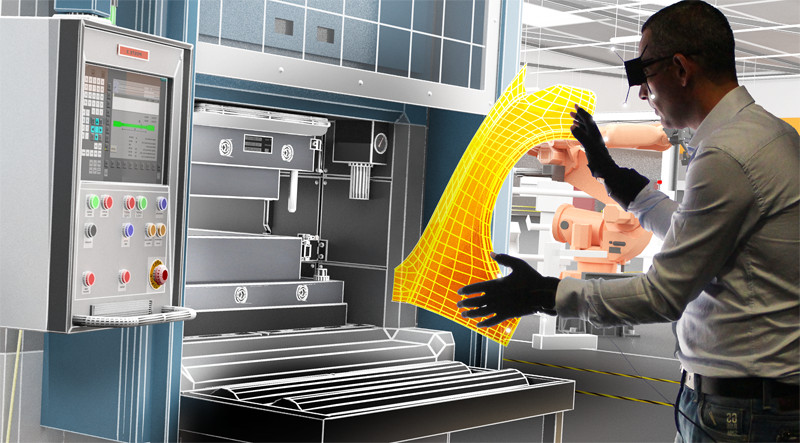
VR in Education and Training
Source: Reviatech.com
From the moment VR stepped out of the game room in search of broader pastures, its value in training was apparent. With the initial reluctance to embrace VR behind us, companies are increasingly turning to the Samsung Gear VR for training their workers.
VR is being used as both a training aid and as a training platform across a growing multitude of sectors.
The advantages of VR in training are already well-proven and include:
- providing quality training at significantly lower cost than traditional methods
- allowing employees to be trained to perform dangerous task without exposure to risks
- enabling companies to train large numbers of employees in different locations simultaneously
The Samsung Gear VR provides the benefits of virtual reality training without the performance limitations of the Google Cardboard, without the high prices and lack of mobility of premium headsets, and using a platform that is more widely accepted than the Google Daydream View, making it the ideal device to target with VR training development..
VR Uses in Healthcare
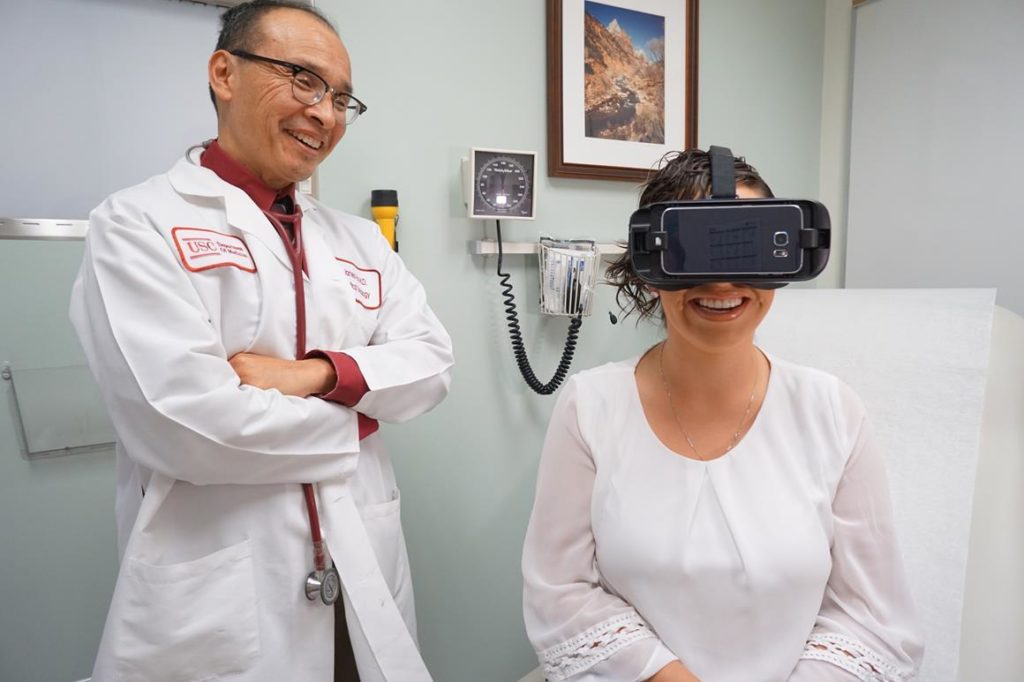
Samsung Gear VR Uses in Healthcare
Source: Keckmedicine.org
VR has already earned a place for itself at the operating room table. By overlaying patient’s bones with useful information during surgery, VR is now a crucial tool in robot-assisted orthopedic surgery.
But the value VR has in healthcare begins long before the scalpel is used — real ones, at least. Here are a few ways it is being used to improve medical care:
- a growing number of medical schools are using interactive VR to train students on complex medical procedures
- many clinics are using VR to train staff on how to perform procedures
- VR is being used to provide treatment for PTSD, OCD, and certain other disorders
With the power and low price point of the Samsung Gear VR, medical institutions will increasingly choose it over less capable, or more cumbersome, alternatives.
VR Uses in Business Collaboration
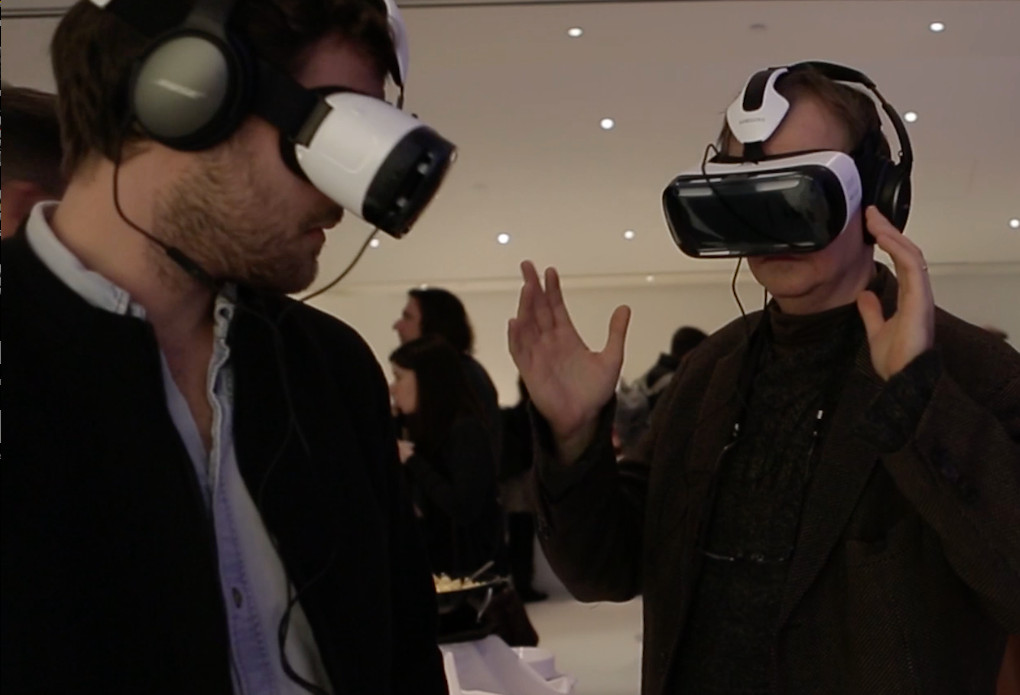
VR helps in Business Collaboration
Source: Associated Press
Google Hangouts and Skype have their places in business, but they fall short as multi-user collaboration tools. Both work well — when they work, but each has had its own history of technical glitches, which usually occur at the worst possible moment.
VR collaboration platforms, on the other hand, are proving not only more reliable, but more effective at the following collaborative activities:
- connecting management with employees
- connecting companies with clients
- facilitating P2P communications within an organization
Using Samsung Gear VR, participants can do more than talk and view slides or videos. Several companies are discovering that VR collaboration enables users to interact in ways never before possible. For example, using Samsung Gear VR, engineers across the globe can come together and review designs in a 3D interactive environment.
With VR collaboration, businesses have new and powerful ways to share, connect, and interact.
VR Uses in Data Visualization

Data Visualization in Virutal Reality
Source: LunaPie
Along with virtual reality, a new way has emerged for businesses to use data. Startups are already capitalizing on the immersive, visual power of VR to help customers manage information.
Today, business does not just run on data, it runs on big data. Collecting the terabytes of information that big data provides is not a problem. Getting your arms around it is.
By using the Samsung Gear VR, along with enterprise software, companies can visualize and manipulate data in ways that make it easy to understand.
While VR is ideally suited for displaying data in 2D, its ability to present information in 3D matrixes allows users to do much more, such as:
- searching data in 3D
- organizing data in 3D
- analyzing huge volumes of data
As big data becomes increasingly important to businesses of all types, the Samsung Gear VR will also become increasingly important as an affordable, capable data visualization platform.
VR Uses in Business Marketing
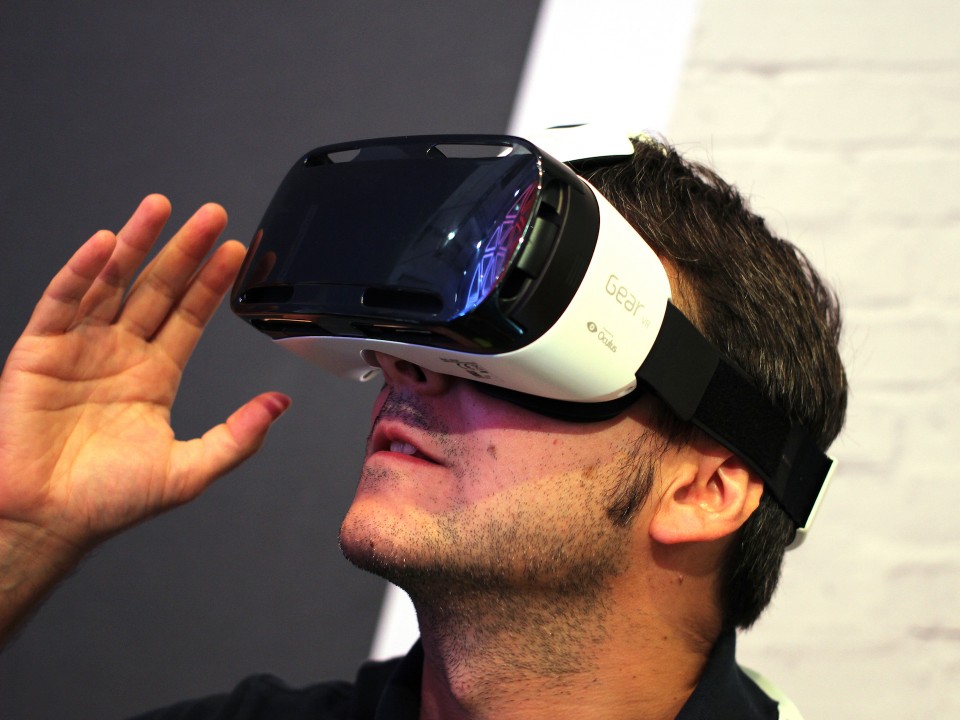
Marketing uses of Samsung Gear VR
Samsung.com
Without effective marketing, business growth stagnates, And, yet, conventional marketing models are becoming less effective as time goes on. From the daily deluge of email marketing messages to robo phone calls, most consumers feel marketed nearly to death, and simply no longer pay attention to advertisements delivered through conventional channels. Forward-looking companies like Bank of America and Merrill Lynch are planning their way around marketing obsolescence by turning to virtual reality as a marketing platform.
As more VR headsets leave store shelves, innovative marketers see a growing market that is just waiting to be tapped.
VR offers companies the opportunity to engage customers through the following channels:
- VR video providers
- VR games
- through work-related VR applications
Basically, any time a customer is using VR, there is an opportunity to deliver your company message.
Since the Samsung Gear VR is the best-selling VR headset by far, it only makes sense that companies and marketing firms are targeting the Samsung platform for helping business engage customers, old and new alike.
VR Uses in HR
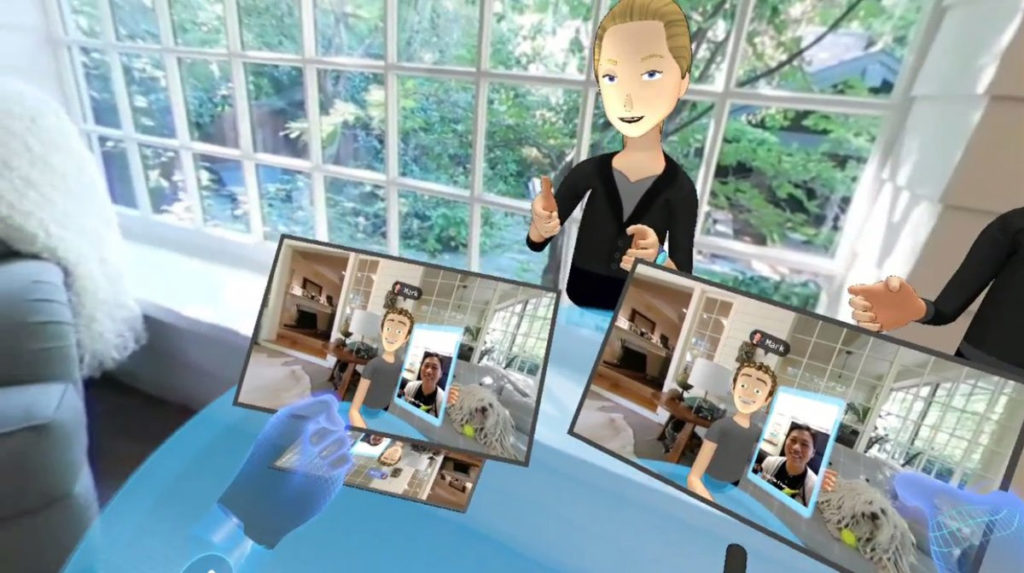
This is how a job interview in VR may look like
Source: CNET.com
The potential value of VR to human resources is significant. Here are just a few of the ways VR is transforming how HR departments function:
- allowing interviewers to interview candidates by remote
- assisting with training new employees on company policies
- enabling HR personnel to recruit by targeting VR media channels
The popularity of the Samsung Gear VR headset lends itself to being the perfect platform for these and other VR solutions within the HR industry.
VR Uses in Manufacturing
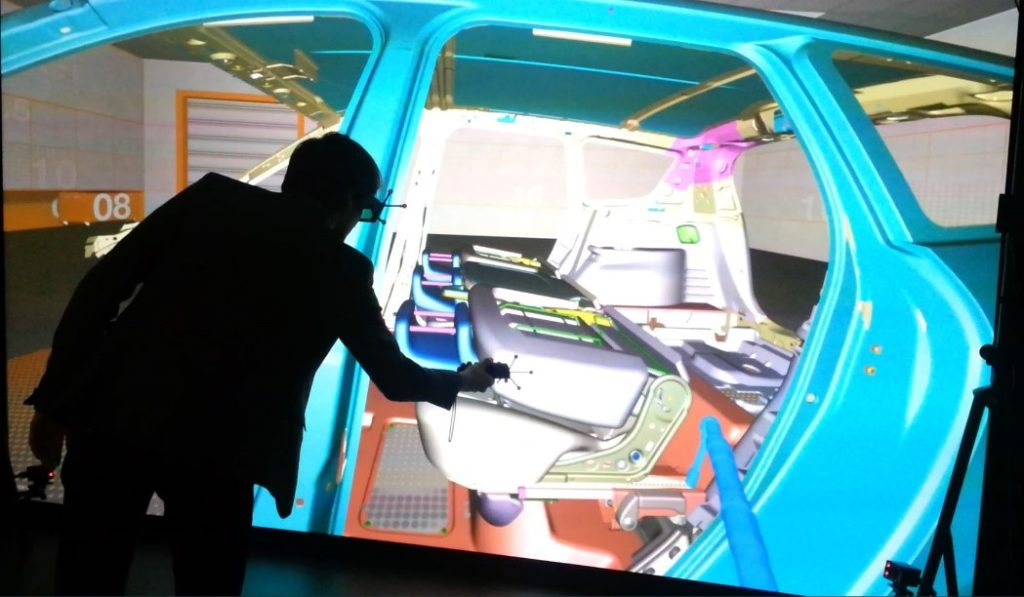
How VR helps in manufacturing
Source: Engineering.com
What is the use of Samsung Gear VR in manufacturing? Plenty. Manufacturing represents a huge sector of business, and one that is ripe for what VR technology can offer. For most manufacturers, three factors drive every decision the company makes:
- safety
- efficiency
- quality
Virtual reality is ideally suited to helping businesses improve all three.
Using the Samsung Gear VR headset, manufacturers can train employees in a virtual environment, safe from training-related injuries. By using VR to manage data and processes, efficiency can be greatly increased beyond what can be done on a 2D computer screen. And the ability to view and manipulate HD images of products from the production line can give QA inspectors an enhanced view of product quality.
We explored only 7 ways the VR is impacting business. The true potential for Samsung Gear VR in the business sector is virtually limitless.

 (5 votes, average: 4.40 out of 5)
(5 votes, average: 4.40 out of 5)